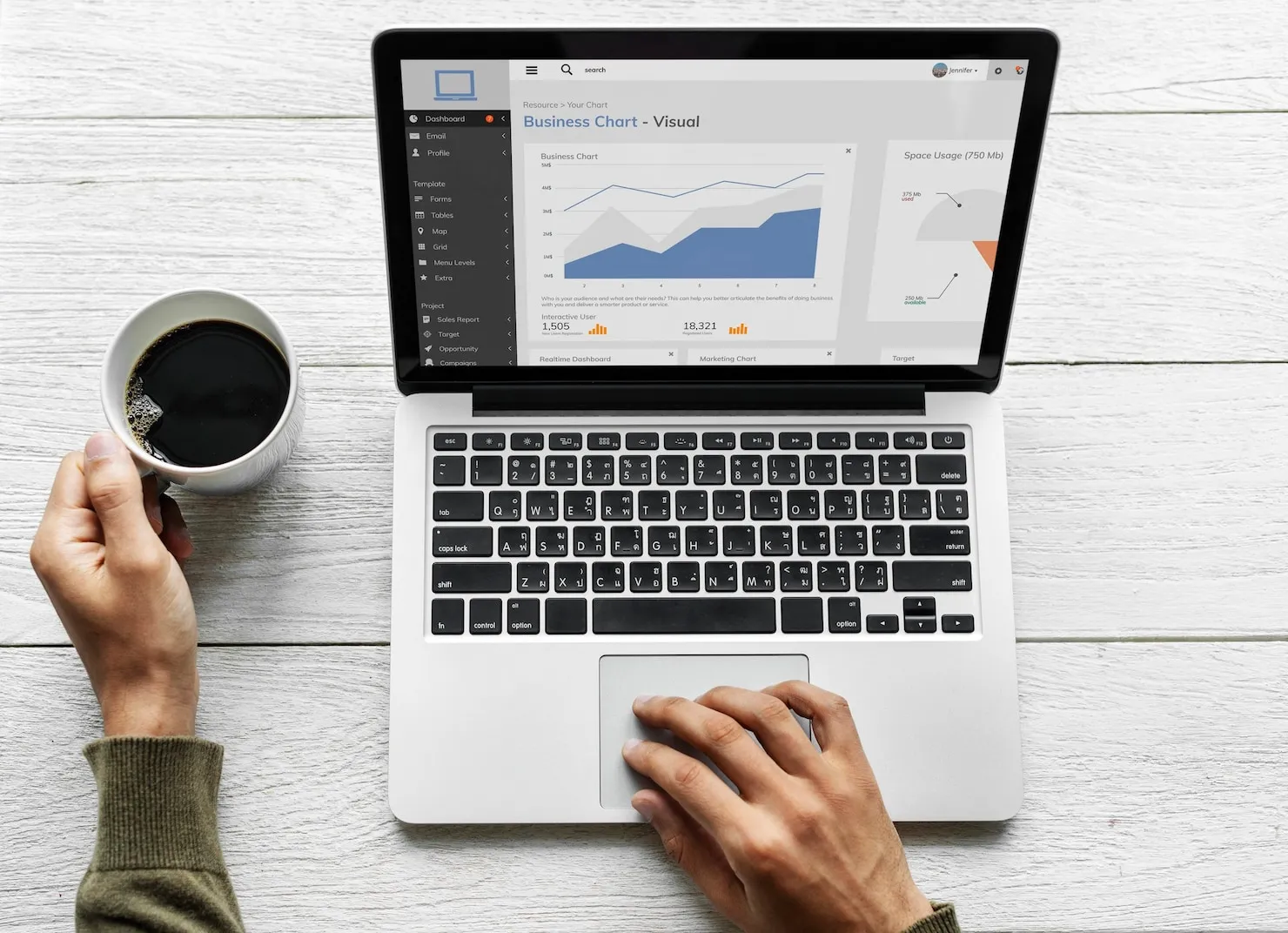
High cost-per-click (CPC) isn’t just a line item. It eats margin, throttles growth, and makes every bidding decision feel risky. The good news: most CPC problems trace back to a small set of fixable issues: waste, weak relevance, and bidding misalignment. Here are some tips from a leading Google ads agency NJ & NY to bring the ad costs down while revenue holds or rises.
1) Stop Paying for Irrelevant Clicks
Start with the Search terms report. It shows the actual queries that triggered your ads. Prune anything that doesn’t match what you sell by adding negative keywords. This tightens targeting and preserves budget for buyers who are more likely to convert. Google explicitly recommends using search terms to find negatives, and clarifies how negative keywords prevent your ad from triggering on unwanted phrases.
Build a reusable negative list for brand safety and tire-kickers (e.g., “free,” “manual,” “login”). Apply it at the account level so it automatically covers Search and Shopping inventory where relevant.
2) Raise Ad Relevance and Landing Page Quality
CPCs fall when your ads and pages deliver a better user experience. Quality Score itself is a diagnostic view of relevance (expected CTR, ad relevance, landing page experience). Treat it as a compass: improve the components and your effective CPC tends to drop.
Practical steps that typically pay off:
- Align keyword, ad, and page language. The closer the match, the stronger the relevance signals.
- Use Responsive Search Ads with varied, specific headlines and descriptions. Avoid over-pinning so the system can test combinations and learn faster.
- Tighten ad groups. A small, themed keyword set usually yields clearer messaging and better click-through.
3) Tune Bidding to Business Goals
- Still using manual CPC? Try Smart Bidding. It sets bids in real time using many signals (like device, location, and time of day) so you don’t have to tweak them by hand.
- Selling online? Use value-based bidding. It tells Google to chase the most valuable sales, not just the most conversions.
- Running Target ROAS (tROAS)? Set the target to match your margins and product mix. Want more volume and can afford it? Lower the target a bit so you enter more auctions.
- Need stronger profitability? Raise the target. Make changes slowly and give the system a couple of conversion cycles to settle.
- Send accurate conversion values. Give higher values to high-margin items or categories with repeat buyers so the algorithm favors clicks that drive real profit.
4) Keep Performance Max from eating your brand clicks
Performance Max is strong, but it can grab lots of branded searches and make results look better than they are. Turn on brand exclusions so PMax doesn’t spend on your name; keep brand terms in a separate Search brand campaign. Google now offers brand controls for both Search and PMax so you can manage that split.
5) Fix the Shopping feed so clicks get cheaper (and better)
Your product feed is your ad. Use clean, complete data so Google matches your items to the right searches. This cuts waste and often lowers CPC. Follow Merchant Center specs: strong, descriptive titles, valid GTINs, accurate product types, and quality images. Keep the feed updated to avoid disapprovals that limit delivery.
Go a step further by adding key details to titles (brand, model, material, size) and structuring product types clearly. These upgrades help both Shopping and Performance Max match you to better queries and can lift paid and free listing visibility. A knowledgeable and experienced partner such as Blast Marketing Agency can assist with all of this.
6) Move budget to high-profit products and strong markets
Treat conversions by value, not just count. Send conversion values that reflect margin or lifetime value, so Smart Bidding prioritizes the clicks that drive real profit. Bid more for high-margin lines, pull back on low-margin ones.
Results also vary by location. Use location bid adjustments and budgets by region: raise bids where performance is strong, lower them where costs spike. Markets with heavier competition can push CPCs up, so adjust targets by area.
7) Measure, Test, and Keep Only What Works
Run controlled experiments when you change bidding strategies or restructure campaigns. Test one variable at a time, track blended CPA/ROAS across channels, and keep an eye on impression share lost to rank. If Quality Score components improve and wasted queries decline, CPC should follow suit often without sacrificing volume.
If you need deeper support, partnering with a Google ads agency NJ & NY familiar with ecommerce complexity can speed up the turnaround.
Want a plan for a refreshed Google Ads campaign tailored to your store? Schedule a quick consult with Blast Marketing Agency. Visit https://blastmarketingagency.com/google-ads/. Let’s grow profitably, starting today.
